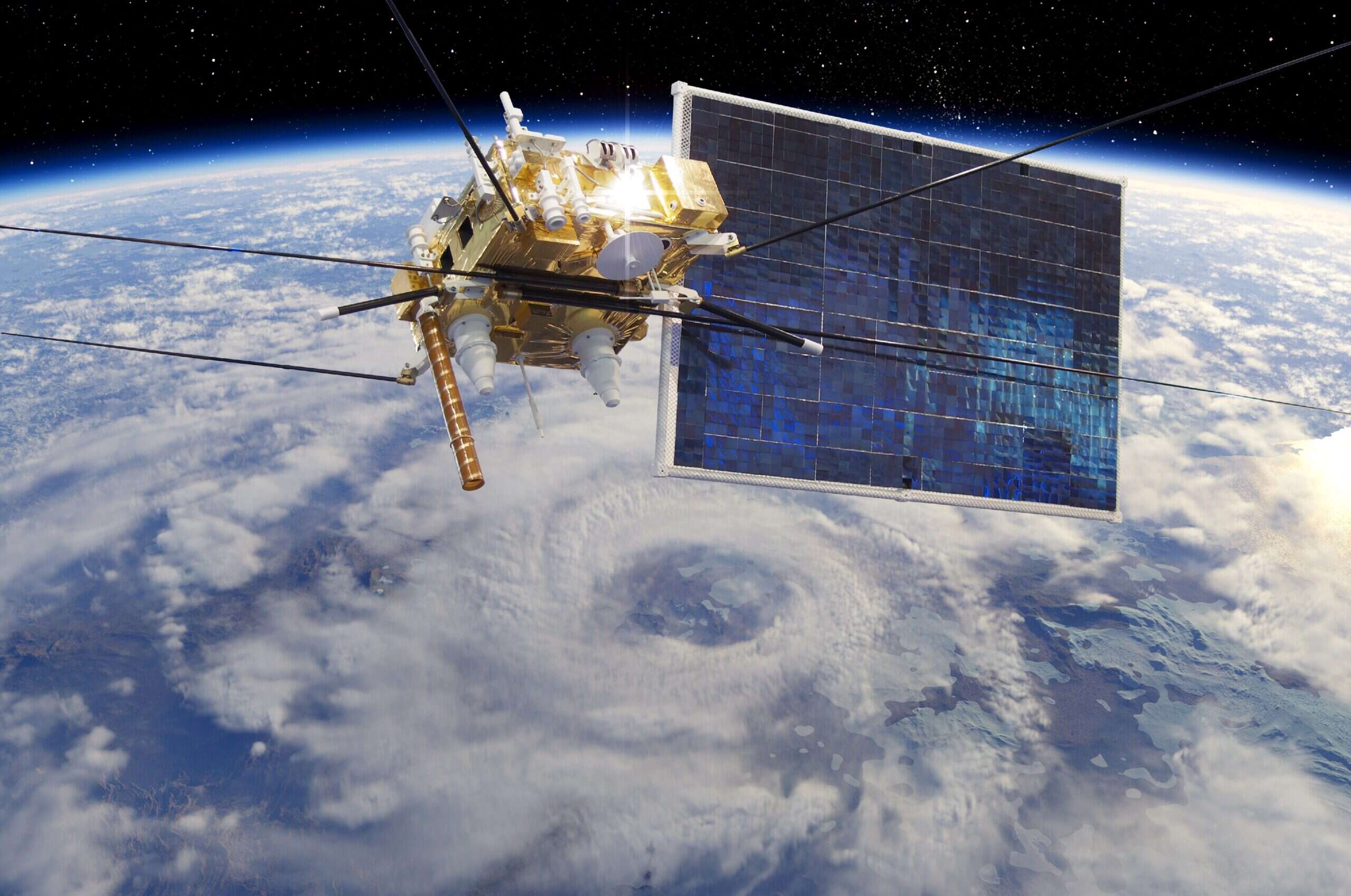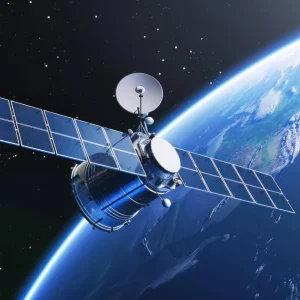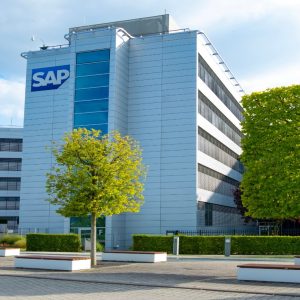
It was a few minutes before midnight on 10 February 2009 when Kosmos 2251 silently annihilated Iridium 33. Travelling at almost perpendicular orbits, the two satellites collided at 11,700mps at some 789km above northern Siberia. All that remained of both craft were two clouds of debris, or ‘space junk’, several thousand pieces strong, gliding like spectres along both orbital paths.
These shards would continue to haunt low Earth orbit (LEO) for several years. In 2011, the International Space Station was forced to perform a collision avoidance manoeuvre – one of three that year – to avoid a small piece of Kosmos 2251 zipping along its orbit. A year later, another piece from the same explosion flew past the ISS again, this time at a distance of just 120 metres, prompting the astronauts to take shelter in case it made contact.
The cause of the accident was a mixture of miscommunication and the limitations of ground-based satellite tracking: Iridium Communications, the US telecommunications provider that owned and operated Iridium 33, was receiving so many warnings about possible close approaches or ‘conjunctions’ to its craft, of such varying probabilities, that it was impossible to respond to all of them. The importance of private companies in maintaining those lines of communication was illustrated again more than a decade later, when a relatively new player in LEO called SpaceX missed a collision warning from the European Space Agency (ESA.)
Near-misses are not rare. As a member of ESA’s Space Debris Office, Jan Siminski is tasked with liaising between military authorities, who are usually responsible for tracking objects in orbit, and European satellite companies to warn them of impending conjunctions. Most of the time, this involves emailing the relevant person at the company for more precise data on a satellite’s orbital trajectory. The rate of turnover at these firms, however, combined with the increasing number of organisations putting satellites into LEO, means that he is spending more time googling who to contact. In one extreme case, he was forced to fill out an email contact form.
“It’s a 24/7 job, but we can manage,” says Siminski. The job is only going to get harder in the next few years, however. As launch costs have decreased, demand for services delivered by satellites at LEO – from satellite internet to GPS and near-Earth observation – has increased at an inverse rate. As a result, the number of satellites orbiting the Earth at heights of 1,000km or less is predicted to increase rapidly, from approximately 2,612 today to more than 50,000 by the end of this decade. With this increase comes the promise of higher-quality internet, navigation and observation services for billions of people. Even so, questions remain about the sustainability of such an approach – specifically, whether existing tracking infrastructure will be able to prevent collisions like that of Iridium 33 with so many satellites in the sky.

Boom times for satellites
Aaron Wilkes’ internet connection used to be terrible. A resident of Bredgar, a village in south-east England, Wilkes’ download speeds were around 20Mb per second (Mbps) – less than half the national average. In desperation, he turned to Starlink, a new satellite internet provider. At £89 for a monthly subscription and £439 for the dish that needed to be installed in his back garden, they weren’t cheap – but his new average connection speed of 175Mbps was worth it, Wilkes told the Press Association. “The ability to be able to download content so quickly compared to our standard BT line is amazing,” he said.
Such high connection speeds would not be possible without Starlink’s network of satellites criss-crossing the Earth at heights of approximately 550km, allowing it to achieve ultra-low signal latencies. This so-called ‘constellation’ currently numbers 1,261 satellites, although, in its bid for global coverage, Starlink plans to put as many as 40,000 into orbit. Its competitors are equally ambitious. OneWeb has announced its intention to launch some 6,372 satellites; Amazon, too, will shortly enter the market with Project Kuiper, a constellation of 3,236 craft.
All of this has been made possible by the diminishing cost in launching payloads into LEO, thanks in part to the efforts of Starlink’s parent company SpaceX in commercialising spaceflight. The result has been a gold rush for satellite-based telecommunications and an influx of new entrants into the market, from nations entirely new to space to providers of remote sensing and IoT services, and scientists undertaking space-based research on climate change. “Even universities are able to do it,” explains Lauren Napier, a researcher in space law and policy at Northumbria University.
This growth in the number of satellites launched into LEO, however, will place increased pressure on the radio frequencies typically used to communicate with the ground. “Ground terminal antennas are not perfect,” explains Mario Maniewicz, director of the International Telecommunication Union’s Radiocommunication Bureau.
These antennas are searching for signals from the satellite that belong to a specific wavelength. Most of the time, they pick up the signal they want, but there’s always a chance that they’ll pick up a signal from a different spacecraft using the same frequency. That, says Maniewicz, puts a “theoretical ceiling on the maximum number of satellites that may coexist without mutual radio interference”.
Maniewicz is confident that the pace of technical innovation in the sector means that we won’t reach that ceiling any time soon. John Janka isn’t so sure. “We’re not dealing with constellations of 10, 20, 30, 100 satellites,” says Janka, chief officer for global government and regulatory affairs at US communications provider Viasat. “We’re dealing with proposals for 3,000, 12,000, even as many as 42,000. It’s just an exponential change in how these shared resources are used.”
Janka isn’t just worried about communication mix–ups. Last December, ViaSat petitioned the US Federal Communications Commission (FCC) to investigate the environmental implications of its rival SpaceX’s ambitions for future constellations in LEO, arguing that not only would it lead to a vast increase in the number of defunct craft burning up in the Earth’s atmosphere and scattering aluminium oxide, a climate change accelerant, but it would also vastly increase the likelihood of inter-satellite collisions.
“If every satellite has a 1 in a 1000 chance of a collision, but you have 10,000 satellites, well now you’re talking about an almost certainty of 10 collisions,” says Janka. “Well, that doesn’t sound so good.”
[If] you have 10,000 satellites, now you’re talking about an almost certainty of 10 collisions. Well, that doesn’t sound so good.
John Janka, Viasat
Unsurprisingly, SpaceX rejected the claims made by ViaSat in its FCC filing (“Starlink poses a hazard to ViaSat’s profits, more like it,” founder Elon Musk would later tweet. “This action is wack, not dank!!”) Even so, significant concerns remain about the threat of space debris in LEO. An upgrade in the capabilities of the US Air Force to track those objects is expected to reveal the scale of the problem already facing satellites in avoiding space debris. “Right now, the catalogue is something in the order of 30,000 objects,” says Siminski. ESA estimates the real number is probably closer to one million.
It wouldn’t take many collisions to imperil further access to LEO. Flying at speeds of several thousands of metres per second, even a piece of debris a couple of centimetres in size could disintegrate a satellite. The force of the collision would generate more debris and fling it out into higher and lower orbits, hitting more spacecraft in a cascading wave around the planet until whole orbits become inaccessible.
This phenomenon is known as Kessler Syndrome and has been dismissed by some as overly pessimistic. Indeed, one of the biggest arguments for the safety of mega-constellations is that, by virtue of existing in LEO, the pull of the Earth’s gravity will eventually see an individual satellite’s orbit degrade until it burns up harmlessly in the atmosphere.
Every once in a while, though, satellites become unresponsive long before schedule. Last October, SpaceX reported that 3% of all the Starlink craft it had launched had become inoperable – meaning that other craft would have to manoeuvre out of the way if a conjunction occurred. The danger of collision is somewhat reduced by each Starlink satellite’s five-year lifespan, but that isn’t necessarily true of all constellations. Craft belonging to OneWeb and Project Kuiper, for example, are expected to last for up to seven years.
This means that the number of inert satellites will increase, a development that worries Siminski and which means, inevitably, more accidents. While it is unlikely that we’ll ever see cascading collisions taking place over several hours a la Gravity, it is not impossible that sizeable debris fields could form over longer periods of time. That prospect, says Siminski, is “quite realistic” – so realistic, in fact, that some form of Kessler Syndrome in slow motion may already be happening above our heads.
Cleaning up space junk
Regulatory authorities on Earth acknowledge the threat posed by space debris, but there is currently no binding international framework with which to manage it. Attempts to address the matter on a regional basis have proved lacklustre. Last April, the FCC instituted new rules that would compel new safety disclosures from US operators, but withdrew plans for $100m fines for failing to deorbit defunct satellites or limit market access for constellations with collision risks higher than 1 in 1,000. The ISO, meanwhile, issued new recommendations on space debris mitigation in 2019 – although compliance is voluntary.
In the absence of regulatory action, some private companies have taken space debris mitigation into their own hands. While propulsion systems are fairly common aboard satellites, operators such as IoT network provider Hiber have begun installing more powerful systems capable of proactively deorbiting its satellites when they reach the end of their lives instead of waiting several years for the Earth’s gravitational pull to do the same thing. Meanwhile, a market has emerged for start-ups, such as Astroscale, that plan to physically remove unresponsive spacecraft from LEO – the first demonstration of which is planned for later this month.
This also introduces the possibility of ‘on-orbit servicing’, explains Napier – repairing a satellite in the same way we might a car. “If they’re staying up for 50, or even 150 years,” she says, “is it cheaper to repair and fix them rather than letting them sit there?”
Active debris removal has been cautiously welcomed by many in the scientific community. The practice ‘could decrease long-term levels of orbital debris,’ said one group of scientists at the world’s first space debris conference in 2019. Even so, it remains unclear whether there’s an appetite, either among national governments or within the private sector, to fund space debris clearance at scale.
Neither does there seem to be a roadmap toward upgrading the existing collision alert system to cope with thousands more satellites in LEO. “With more satellites and more debris potentially in orbit, you’re going to have more stress on communicating collision avoidance and creating manoeuvres,” says Napier. While larger companies like SpaceX have been proactive in sharing orbital trajectory data, new players are entering the market every day. “I cannot predict what other operators are doing with their satellites,” says Siminski.
There’s no international coordination, or rules, whatsoever for this.
Jan Siminski, European Space Agency
Preventing future accidents, he says, will hinge on a new kind of alert system – or at least one that doesn’t rely, in part, on frantic email exchanges. “There’s no international coordination, or rules, whatsoever for this,” says Siminski. “If we have 10,000 satellites in close vicinity, that all do manoeuvres, we need to have an automated framework for it.”
Although feasible, these systems remain theoretical. Even if they are eventually introduced, however, preventing every collision will still be impossible without proactive international policies on debris mitigation. Without this, life in LEO can only become more unpredictable – and, in turn, the reliability of many of the communications systems we take for granted.






